Mining environment
Commitment to preserving local biodiversity and safeguarding water quality, while supporting clients in the advancement, promotion, and development of mining projects.
MLG Environment Services – Technical Overview
MLG Leading offers a full suite of environmental consulting and engineering services tailored to mining, metallurgy, and industrial development projects. Our integrated approach supports project success from exploration through closure, while ensuring compliance with international environmental standards and fostering community acceptance. Below is a detailed breakdown of our core environmental service domains.

Characterization
Environmental characterization is a foundational component of responsible project development. MLG conducts rigorous environmental baseline studies to assess the physical, chemical, and biological parameters of project areas prior to any disturbance. Our teams perform detailed sampling and analysis of contaminated media—including soil, sediment, surface water, and groundwater—to establish contamination levels and the presence of heavy metals or persistent organic pollutants.
We utilize advanced environmental geochemistry and statistical tools to model the spatial distribution of contaminants. Mineralogical and geochemical characterizations also support the development of tailings management strategies. Moreover, we conduct laboratory and in-situ tests to evaluate the leachability, mobility, and reactivity of materials—critical to the long-term environmental management of mining residues.
Impact study
MLG performs comprehensive Environmental Impact Assessments (EIA) in accordance with international guidelines (e.g., IFC Performance Standards, World Bank, ISO 14001). Our EIA process includes:
- Baseline data acquisition and environmental sensitivity mapping
- Air, water, and noise modeling using predictive software
- Dispersion modeling of contaminants and heavy metals in various media
- Socio-economic assessments, cultural heritage evaluations, and biodiversity inventories
We prepare environmental reports to support Certificate of Authorization applications, ensuring regulatory compliance in host countries. Our impact analysis not only identifies potential environmental risks but also quantifies cumulative impacts across the lifecycle of the project—from construction through post-closure.


Mitigation
Following impact assessment, MLG develops detailed Environmental and Social Management Plans (ESMP) that propose technically viable, cost-effective, and regulatory-compliant mitigation measures. We specialize in:
- The design and implementation of dust, noise, and effluent control systems
- Mitigation of acid mine drainage and tailings seepage
- Water treatment strategies, including passive and active systems for metals and nutrient removal
- Sediment and erosion control measures during and after construction
MLG also provides expert design and engineering of tailings storage facilities (TSF), focusing on long-term stability, leachate control, and risk minimization, while integrating environmental monitoring technologies and early warning systems.
Restoration
Rehabilitation and ecological restoration are critical to the sustainability of resource extraction projects. MLG develops customized reclamation and restoration plans aligned with regional ecosystems and post-mining land use goals. Services include:
- Phytoremediation and revegetation strategies using native species
- Stabilization of mine waste and re-contouring of disturbed areas
- Topsoil management and fertility improvement programs
- Post-closure water management and wetland re-creation
Our approach emphasizes ecosystem function recovery, erosion resistance, and long-term environmental monitoring. Restoration is planned from the early project phases to ensure a smooth transition during mine decommissioning.


Valorization
MLG integrates a forward-thinking approach to the environmental valorization of waste and by-products. We develop processes for reusing tailings and industrial residues as inputs into new value chains—for example:
- Reprocessing of tailings to extract residual metals
- Use of inert residues in construction materials (e.g., cement, bricks)
- Carbon capture potential and circular economy initiatives
- Design of waste-to-energy systems or renewable energy integration in post-mining landscape
Additionally, we assess the potential for ecological and social value creation—through initiatives such as the creation of biodiversity offsets, ecological corridors, or community-managed conservation areas. Our goal is to transform environmental liabilities into sustainable assets.
